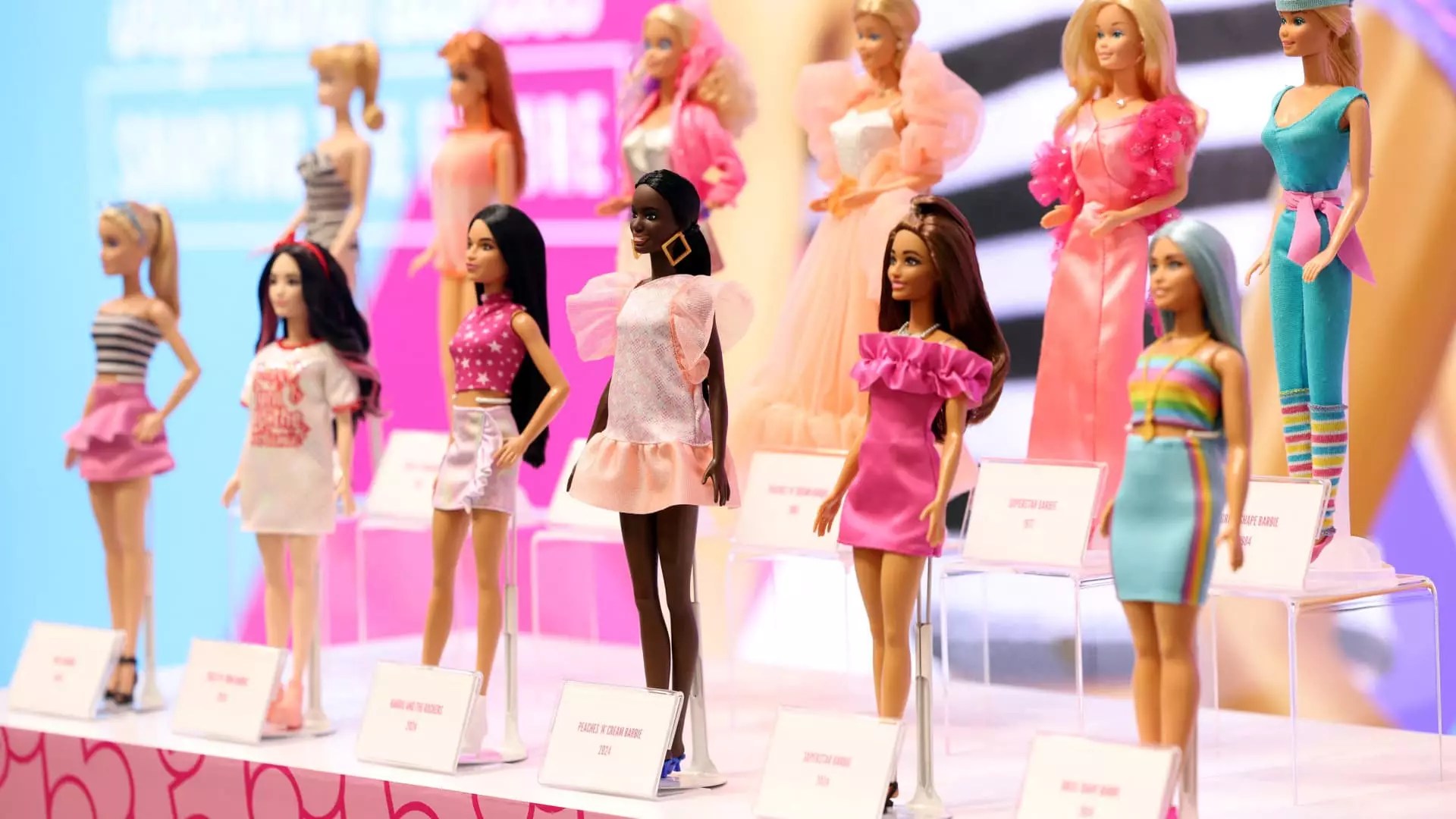President Donald Trump’s ambitious trade agenda, particularly his steep 145% tariffs aimed at China, was ostensibly designed to herald a renaissance in American manufacturing. Yet, recent statements from industry leaders like Mattel’s CEO Ynon Kreiz portend a sobering reality: such lofty aspirations could very well remain just that—aspirations. Kreiz’s announcements have illuminated the stark discrepancy between political rhetoric and ground-level corporate reality. The comprehensive breakdown of manufacturing dynamics in the toy industry exhibits that merely imposing tariffs won’t magically shift production back to American shores; the factors influencing these decisions are far more complex and entrenched.
The Global Economy’s Relentless Grip
One of the weighty points Kreiz made was the intricate web of global manufacturing that has become the norm over the last decade. Mattel has been proactive in diversifying its supply chains, aiming to reduce its dependence on China. This is not merely a reaction to tariffs but rather a calculated strategy formed by the realities of globalization. The company’s projection that by year-end, less than 40% of its products will be sourced from China conveys a significant pivot in strategy, one necessitated by market demands rather than tariff pressures. The relentless forces of the global economy continue to shape manufacturing realities, making American-centric production appear less viable, especially in price-sensitive markets like toys.
The Cost of Tariffs on Consumers
For ordinary Americans, the consequences of these tariffs are stark and immediate. While Kreiz asserts a commitment to maintaining product affordability, the reality is that raising prices on toys is a knee-jerk reaction to offset increased production costs. Roth analyst Eric Handler’s insights that 40% to 50% of Mattel’s products will still be kept under $20 may sound reassuring, but at what cost? The burden of these tariffs primarily falls on consumers who will end up paying more for toys as companies navigate this new and treacherous financial terrain. The fundamental question remains: can we trust the capitalistic promise of a trickle-down benefit when the result is heightened retail prices and less choice?
The Reality Check: A Share Price Warning
Perhaps one of the most telling indicators of the strain these policies have placed on the industry is the 19% decline in Mattel’s stock value since the tariffs were announced. It’s not merely corporate hype; investors are wary of an uncertain market landscape. Companies need to balance profitability with consumer satisfaction, and in this instance, it appears that the scales are tipping unfavorably. The drop in stock demonstrates a critical disconnect between government policy and market realities, suggesting that aggressive tariffs may do more harm than good, crippling the very businesses they aim to protect.
The Path Forward: A Demand for Rationality
In the heart of this turmoil is an urgent need for more thoughtful trade policies that consider all aspects of the manufacturing cycle. Solutions should not be limited to punitive tariffs but should embrace collaboration with both domestic and foreign partners to foster a competitive yet fair market. For the American toy industry to persevere, we need policies that recognize and adapt to the intricate dynamics at play, without initiating a backslide into a protectionist era that disrupts progress rather than nurtures it. The future of American manufacturing hinges on our ability to move beyond a narrow focus on tariffs and establish a framework conducive to innovation and growth.

